This year, millions of people in the United States experienced a once-in-a-lifetime magnificent celestial event. But if you were one of the unlucky ones who couldn't make it and are suffering from FOMO, don't worry; there are still plenty of events to attend in the following days.
From full moons to lunar eclipses to meteor showers, 2024 has a jam-packed calendar of cosmic phenomena to watch over the coming several months. Here's a look at some of the astronomical events to expect in the coming days.
Lyrids Meteor Shower | April 15-29
The dazzling Lyrid meteor shower is known to leave shadowy trails that shine for several seconds after it passes. The event peaks this year on April 22. This year's full moon night may impair viewing, so for the greatest views, pick a dark location with clear sky.
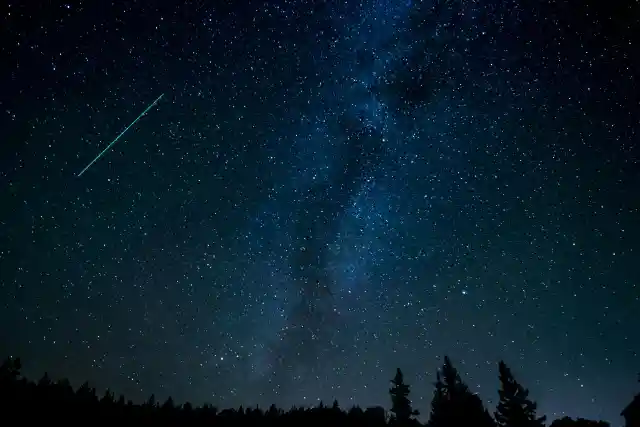
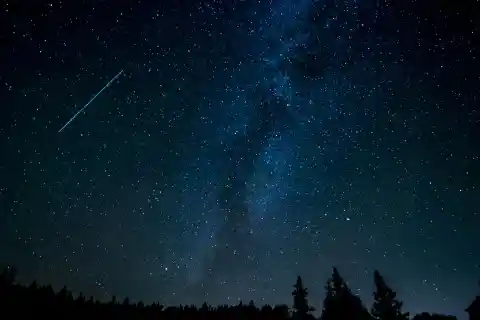
The event gets its name from the constellation Lyra, whose radiant point is located up north on the sky's dome and appears to be the source of these meteors. This implies that there could be fewer Lyrid meteors visible to observers in the Southern Hemisphere.
Eta Aquariids Meteor Shower | May 5-6
The Eta Aquarids are visible every year in April and May, as the Earth passes through debris left by Comet Halley. As one of the most frequent showers of the year, the shower is often best witnessed in the Southern Hemisphere. The Eta Aquarids will peak at around 10 to 30 meteors each hour and will appear lower in the sky the further north you go.
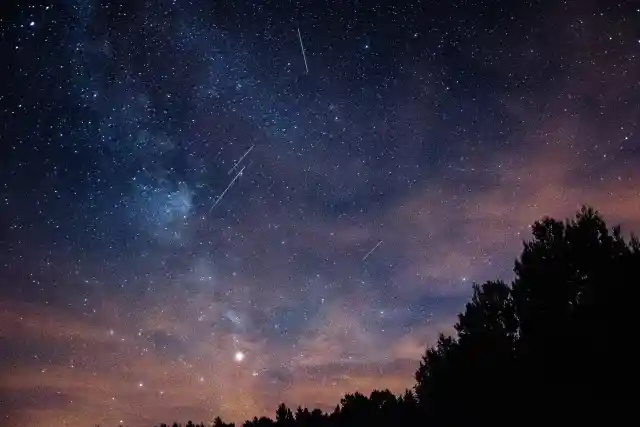
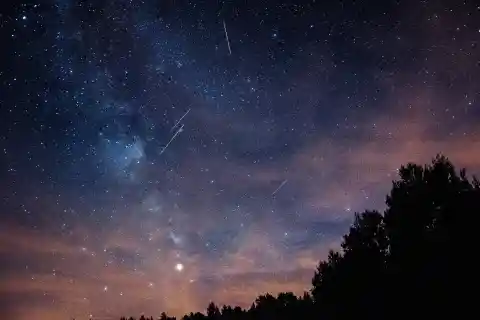
This year's new moon will rise around the shower peak on May 6, offering ideal viewing conditions. According to NASA, this shower is well-known for its swift meteors, which may pass through the Earth's atmosphere at up to 148,000 miles per hour and occasionally leave behind luminous "trains. The best time to observe the sky is in the hours before dawn . Make sure you are in a dimly lit area away from city lights, lay on your back with your feet pointed east .
Perseids Peak | August 12
One of the most consistent meteor showers of the year is the Perseid one, which usually produces 60 or more shooting stars per hour. They will reach their peak on the evening of August 12. The moon will set about midnight, so stay out late to catch this spectacular shower under a darker sky.
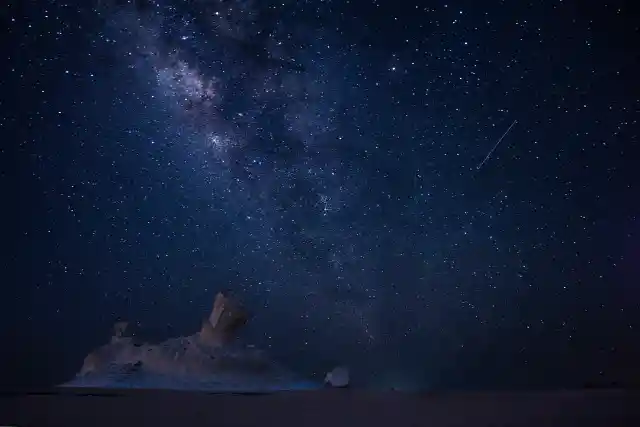
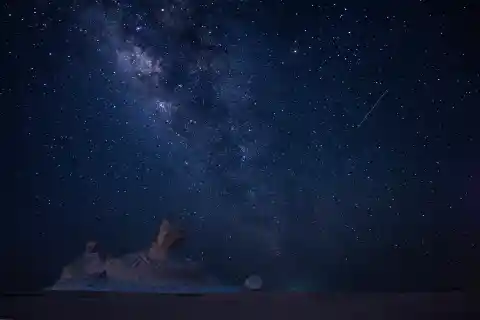
Under optimum conditions, spectators might expect to see 50 to 100 shooting stars every hour. The Perseid meteor shower is generated by the comet 109P/Swift-Tuttle, named for the two astronomers who discovered it separately in 1862. Swift-Tuttle is around 2.5 times larger than the comet that caused the mass dinosaur extinction, with a core that is 16 miles in diameter, making it the biggest near-Earth object to traverse our planet's orbit.
Saturn at Opposition | September 8
Saturn, the solar system's crown jewel, will approach opposition on this night, which means it will be directly opposite the sun in the sky—Saturn will rise at sunset and be visible all night.
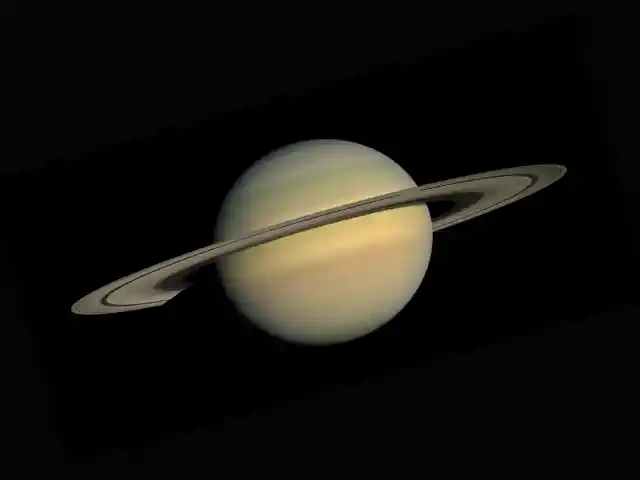
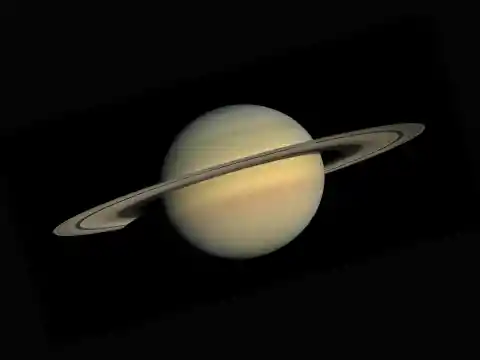
This also implies that Earth will be positioned exactly between the planet and the sun, providing the closest and largest glimpse of Saturn's splendor from Earth. This is the best time of year to view the amazing ringed planet via a telescope. If you haven't used one to look at Saturn, you're losing out on one of the most spectacular vistas in the sky.
Partial Lunar Eclipse | September 18
Stargazers in North and South America, Europe, and Africa will be able to see a partial lunar eclipse on September 17 beginning at 10:12 p.m. Eastern Time. A partial lunar eclipse happens when a section of the moon passes through Earth's shadow.
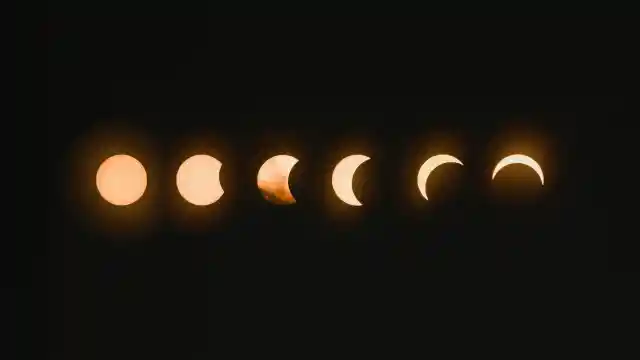
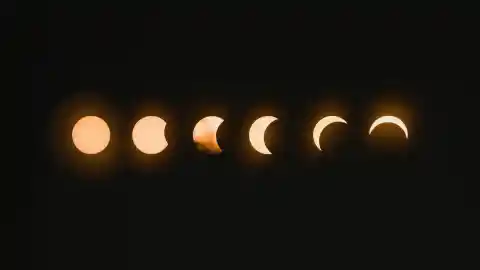
Rather than following a flat plane, the moon circles the Earth at an inclination of around five degrees, which causes the shadow to be projected either above or below the moon. But the angle is perfect for an eclipse around twice a year with the full moon. Unlike a solar eclipse, no specific eye protection is required to see a lunar eclipse.
Supermoon | September 18 & October 17
Skywatchers might expect many supermoon occurrences in 2024. A supermoon happens when a full moon coincides with the moon's closest approach to Earth, known as perigee, which causes the moon to look bigger and brighter in the sky.
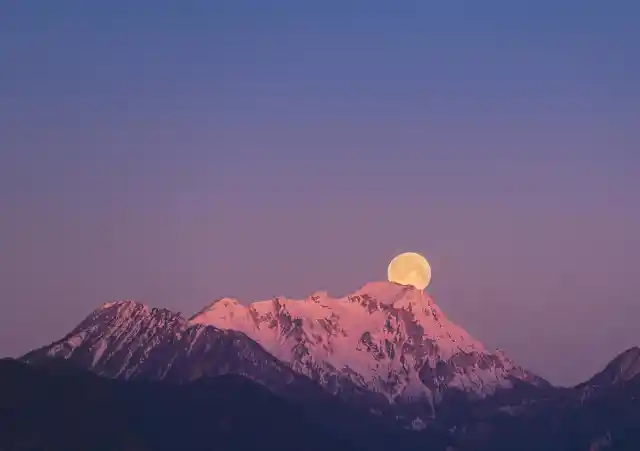
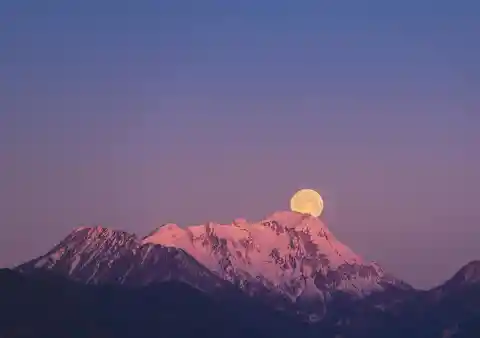
Here are the supermoon dates for 2024:
• Sturgeon Moon (Supermoon): August 19, Monday
• Harvest Moon (Supermoon): September 18, Wednesday
• Hunter’s Moon (Supermoon): October 17, Thursday
• Beaver Moon (Supermoon): November 15, Friday
Known as supermoon dates, these are the times of the month when the full moon will be 90% closer to Earth than usual. Though it might not appear noticeably bigger to the unaided eye, supermoons can still be fantastic occasions to take in the night sky.
Annular Solar Eclipse (“Ring of Fire”) | October 2
A solar eclipse happens when the moon moves in front of the Sun, obstructing its light and shrouding the Earth in shade.
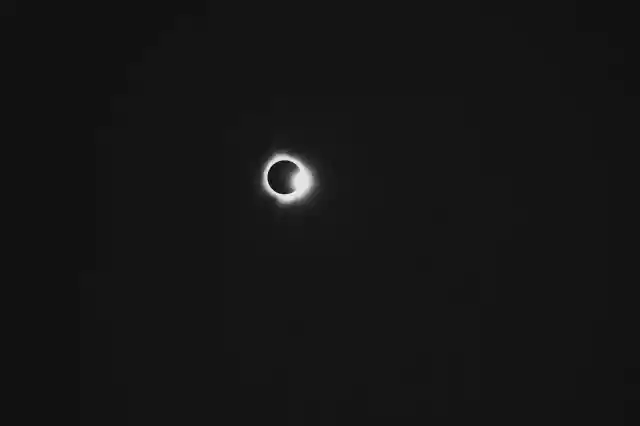
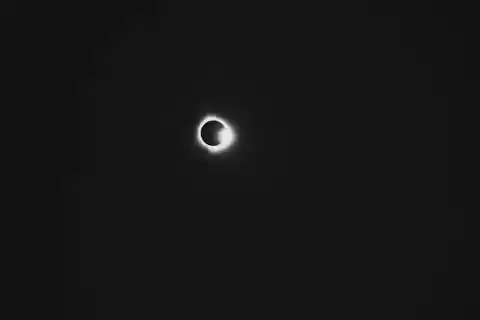
The Ring of Fire solar eclipse is an annular eclipse, meaning that a ring of sunlight surrounds the moon since the moon is not near enough to Earth to completely hide the sun. Hawaii will see a partial eclipse, but only some areas of Argentina and Chile will be able to see this annular eclipse.
Comet Tsuchinshan-ATLAS | October 12
The comet C/2023 A3 (Tsuchinshan-ATLAS) is predicted to achieve its peak brightness in October when it approaches the Sun.
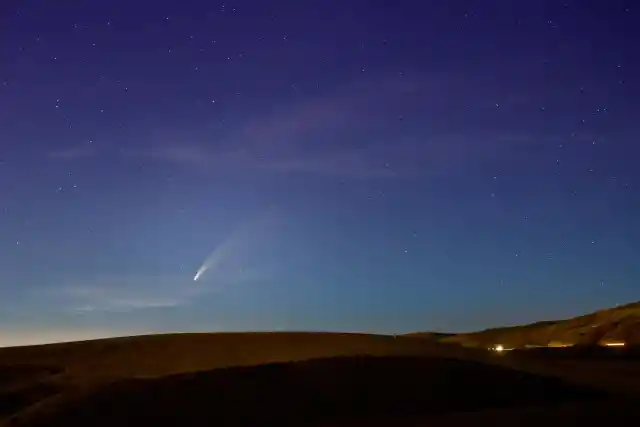
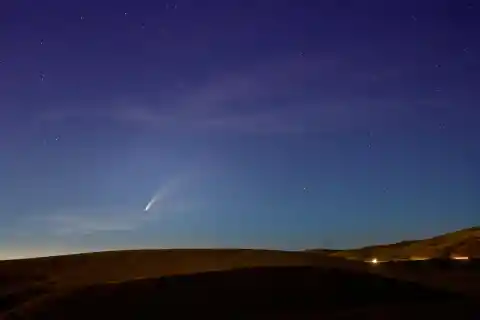
Some scientists think that this comet will be visible to the unaided eye and may even have a noticeable tail, despite the fact that comet brightness is unpredictable. Although it may not be visible to the unaided eye until October 19, it will make its closest approach to Earth on October 12.
Seven Sisters | November
The Pleiades star cluster, sometimes referred to as Messier 45 (M45) or the Seven Sisters, is an amazing open star cluster that may be seen in the Taurus constellation. In November, the cluster becomes most noticeable in the night sky and may be seen from most locations on Earth through April.
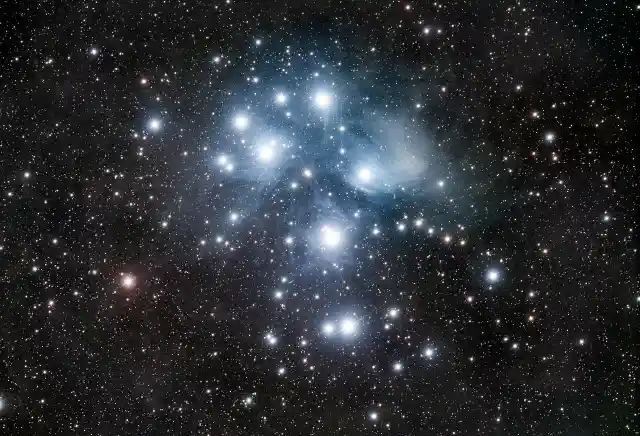
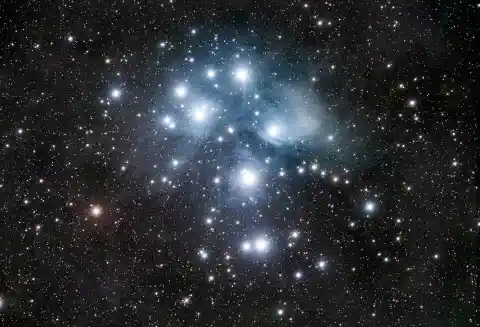
This open star cluster is visible to the unaided eye and is located inside the Taurus the Bull constellation. The stars in the cluster radiate a brilliant blue, making it one of the easiest asterisms (star patterns) to detect in the night sky during the winter. Although the cluster seems to contain only seven stars, in reality, it contains approximately 1,000 stars, of which only six are typically visible with the unaided eye. However, more members of the family could be seen to stargazers with more keen eyes.
Geminids Meteor Shower | December 12-14
As the year comes to a conclusion, spectators may enjoy the spectacular Geminid meteor shower. This meteor shower is regarded as one of the greatest of the year since it offers a large quantity of brilliant, visible meteors. In ideal circumstances, viewers might see up to 120 shooting stars flashing across the sky per hour. The maximum number of meteors will fall on December 14.
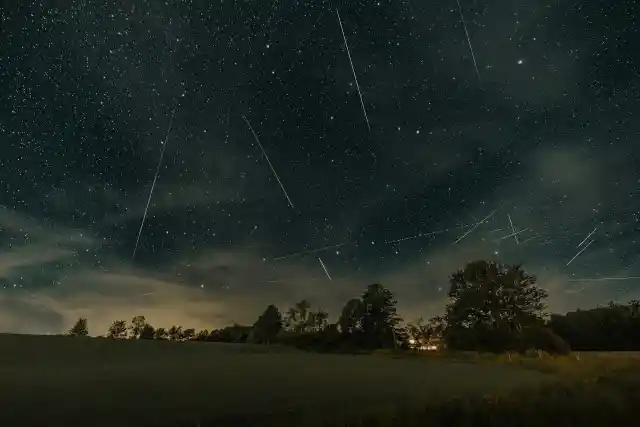
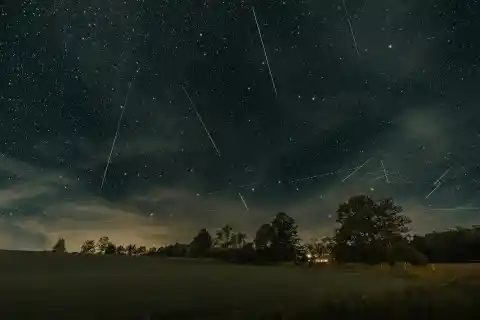
The Geminid meteor shower is caused by the stony asteroid 3200 Phaethon, as opposed to most meteor showers, which are produced by comets, which are composed of ice and dust. Because an asteroid has a tail and shines like a comet as it gets closer to the sun, scientists are unsure on how to categorize it. The moon will be roughly 96% lit on this particular day, which might make viewing difficult. Still, you won't want to miss this shower.